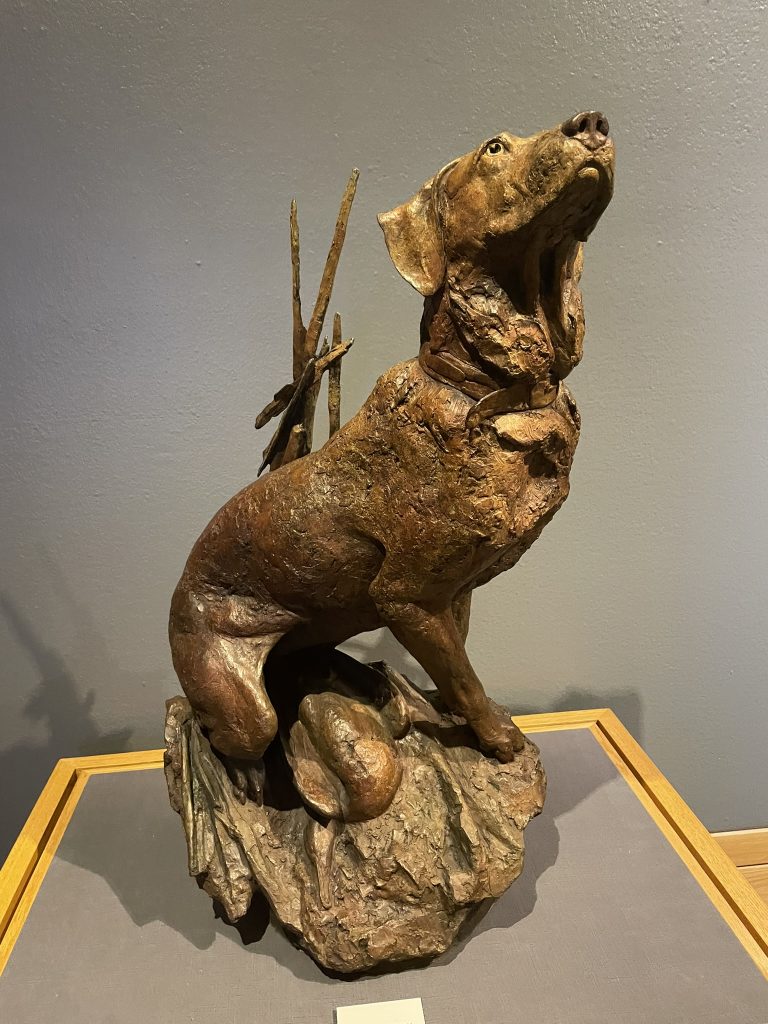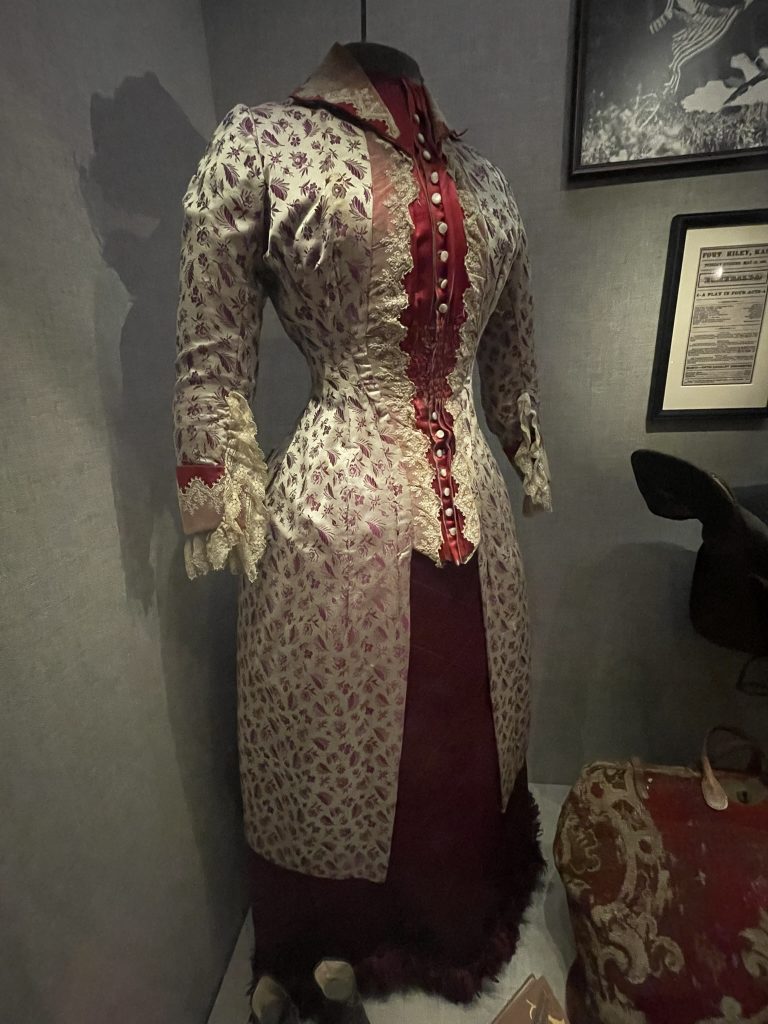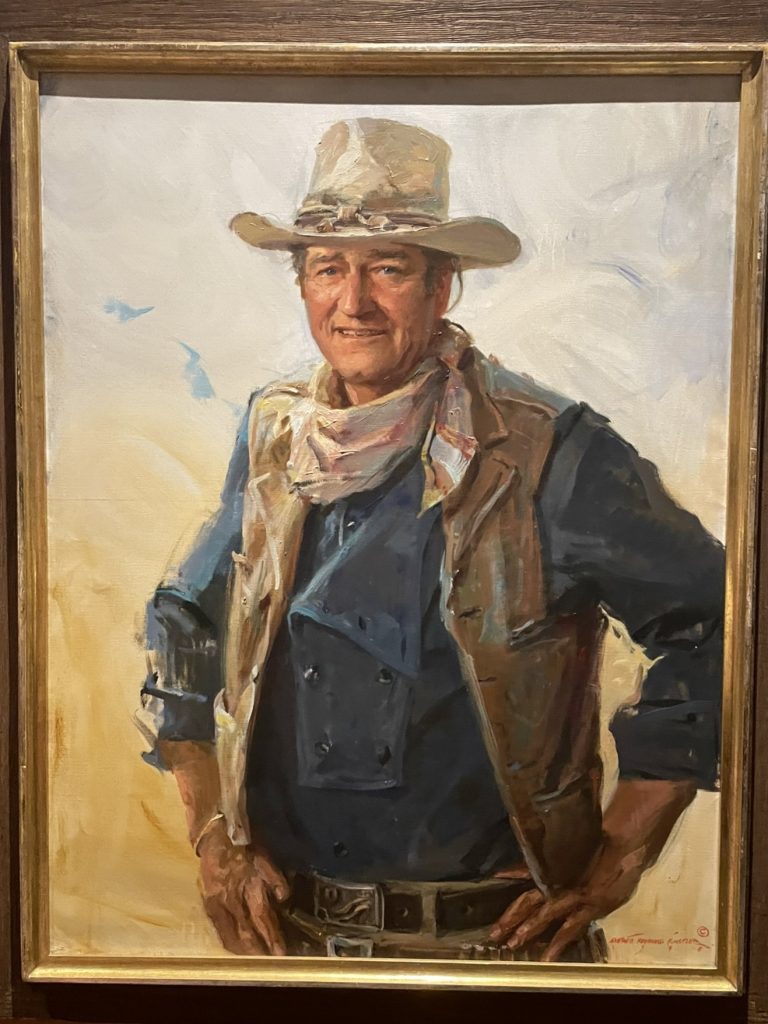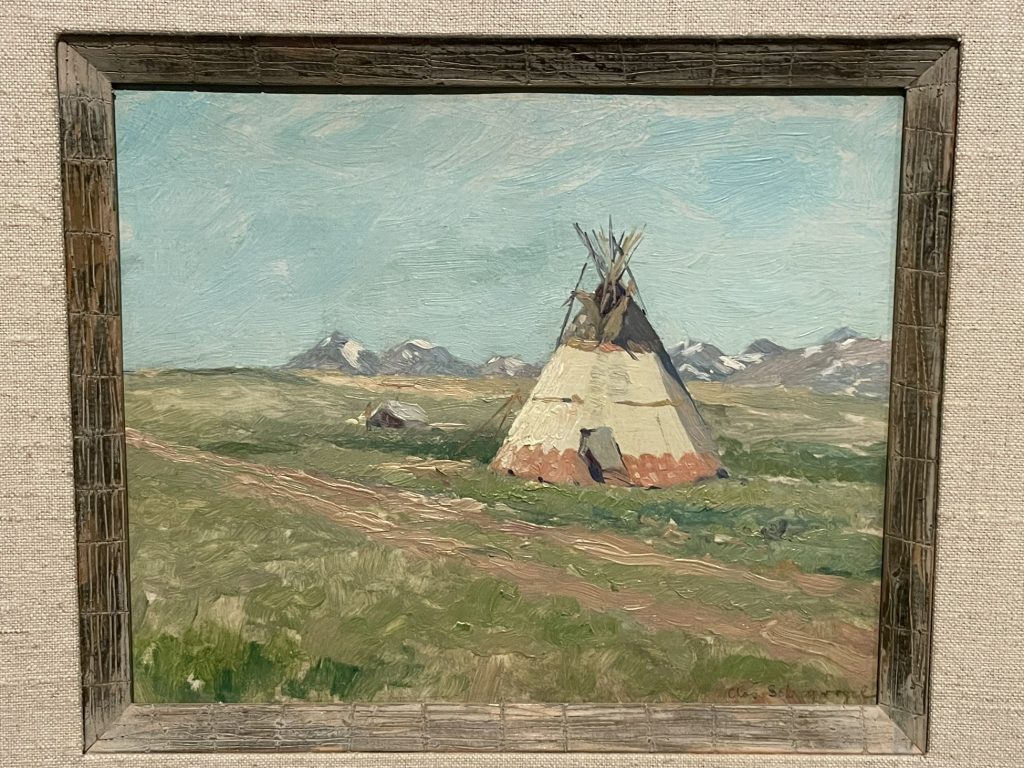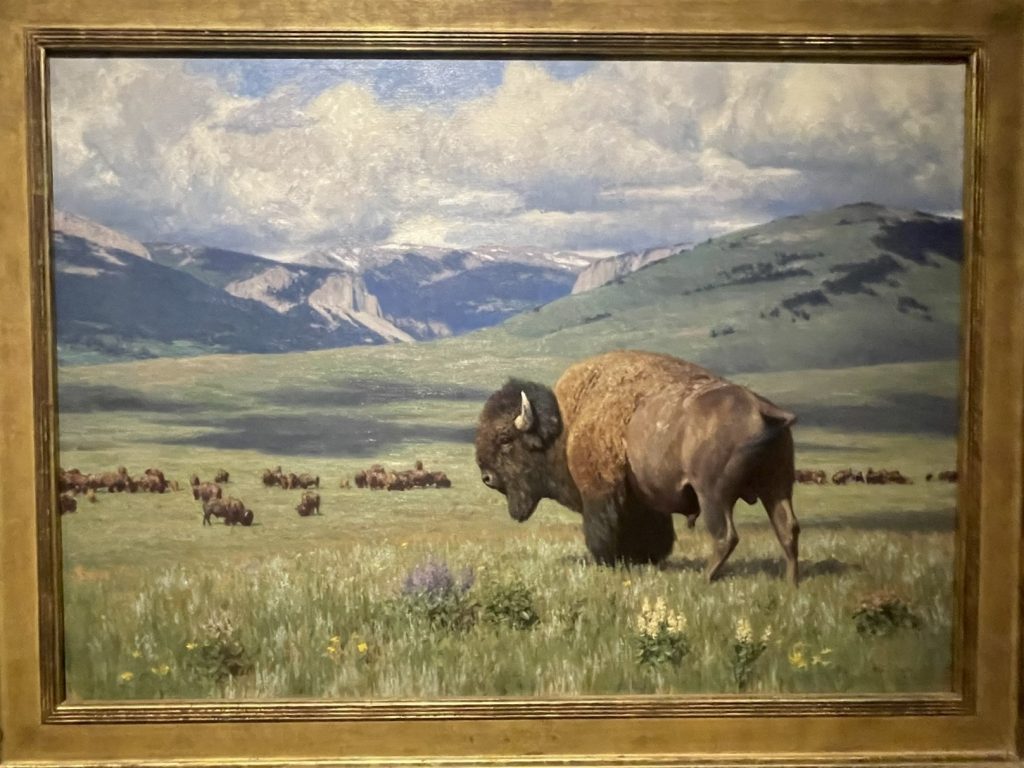Maybe I did too much in one day in a heatwave, but I was not especially impressed by the National Cowboy & Western Heritage Museum in Oklahoma City. It was very well-rated and came recommended, but it just didn’t stimulate me in any way.
It’s a big (200,000 square feet!) rambling museum and featured my museum pet peeve: each room had multiple doors into other exhibits, so there was no clear flow through the museum. I had to keep circling back, only to find I had missed big sections. I heard a young girl exclaim to her mother “Wow, you could get lost in here!” and thought “true dat!”.
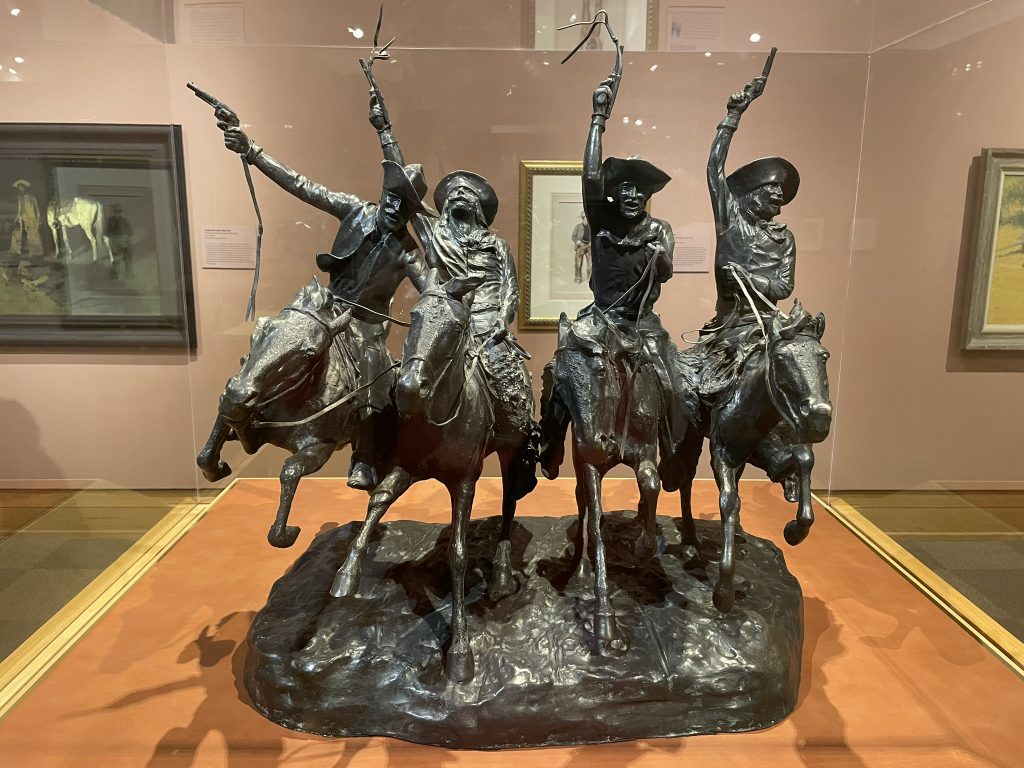
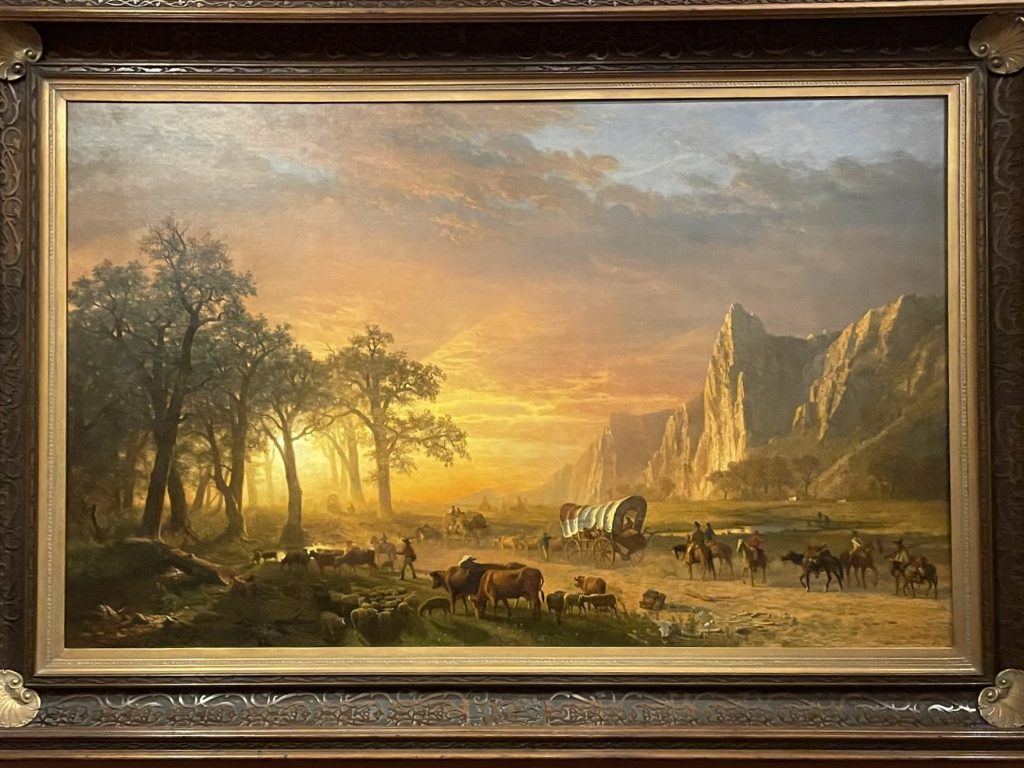
The museum has more than 28,000 Western and Native American art works and artifacts, but it might have suffered from too much stuff and too little focus. Cases of saddles, bridles, boots, spurs could have been interesting – I mean, surely some of these could be highly decorative and works of art – but these were not. There were many western themed paintings and sculptures, but they were very similar to what we’d recently seen at some other western-themed museums and I didn’t feel like I was seeing anything new or exciting.
There was a barbed wire exhibit, early rodeo trophies, Native American artifacts, a look at the life and traditions of the working cowboy, a rodeo arena, cases of firearms, a large exhibit dedicated to how the West was featured in movies and television, among many, many others. At one point I popped through an obscure door only to be surprised by a 14,000 square-foot “authentic turn-of-the-century Western prairie town”; it was truly tucked away and I had it almost entirely to myself.
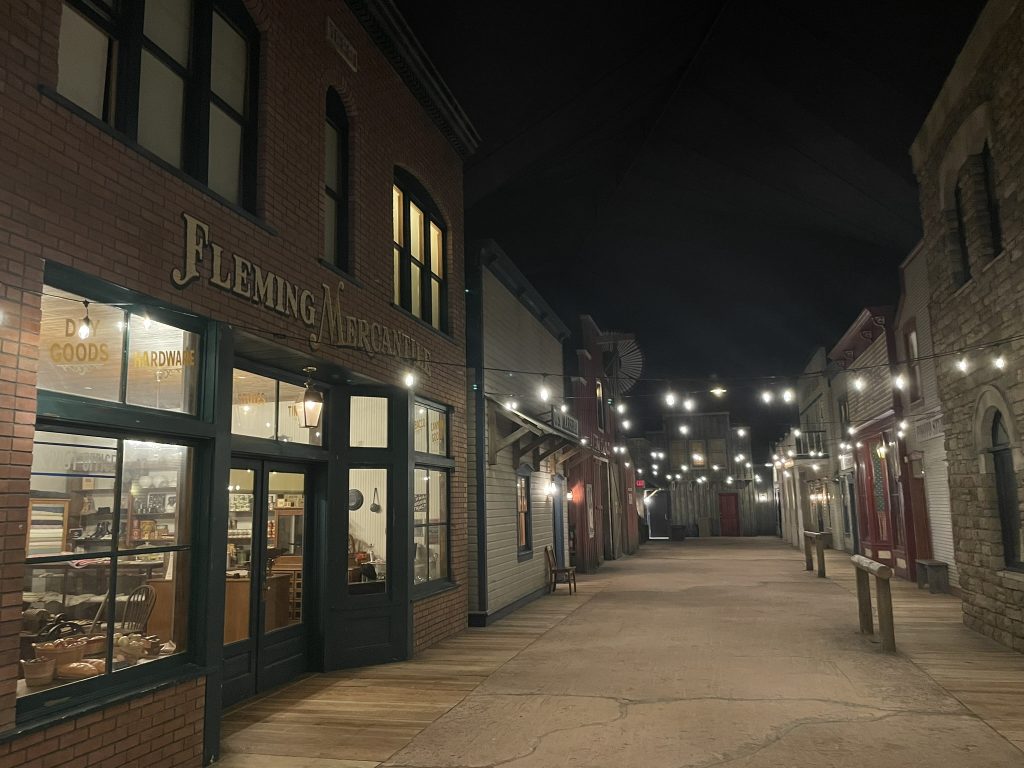
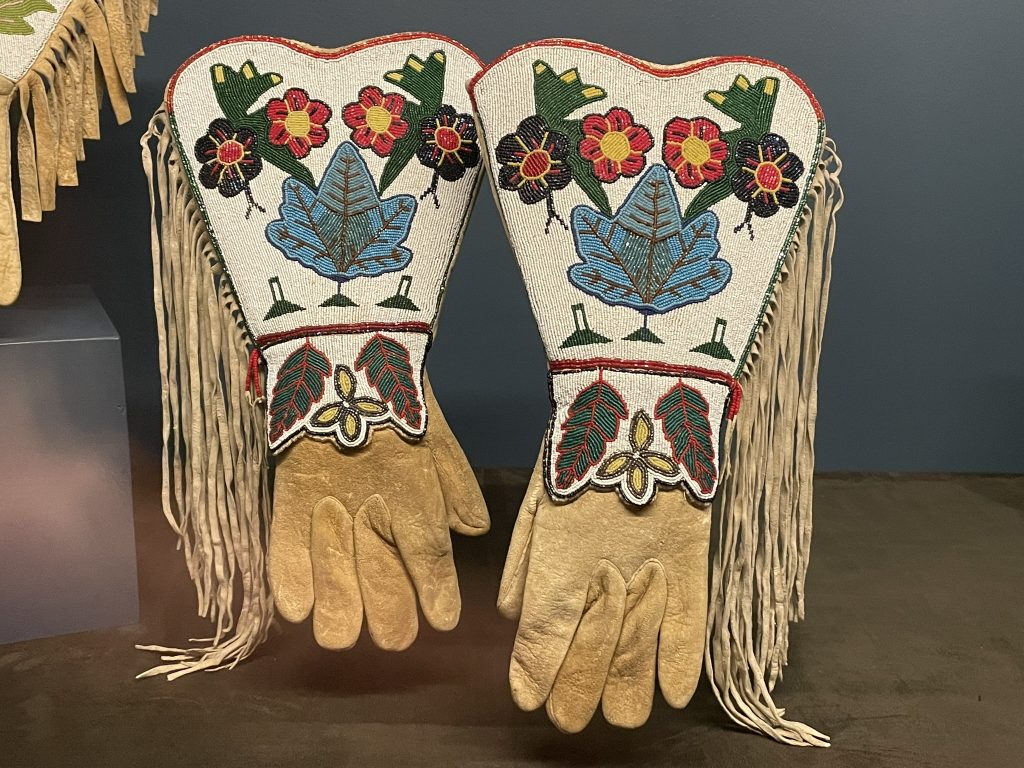
Even though it was very hot and I did not really want to walk around outside, I did want to see some of the items on display. Alas, it was almost completely closed off due to their landscaping renovation project.
The cover photo was my favorite piece in the museum. The End of the Trail by James Earle Fraser, from 1894, reflects a time in history when Native Americans were considered a part of the past. The huge sculpture shows a “nineteenth century Indian warrior defeated and bound for oblivion.”
